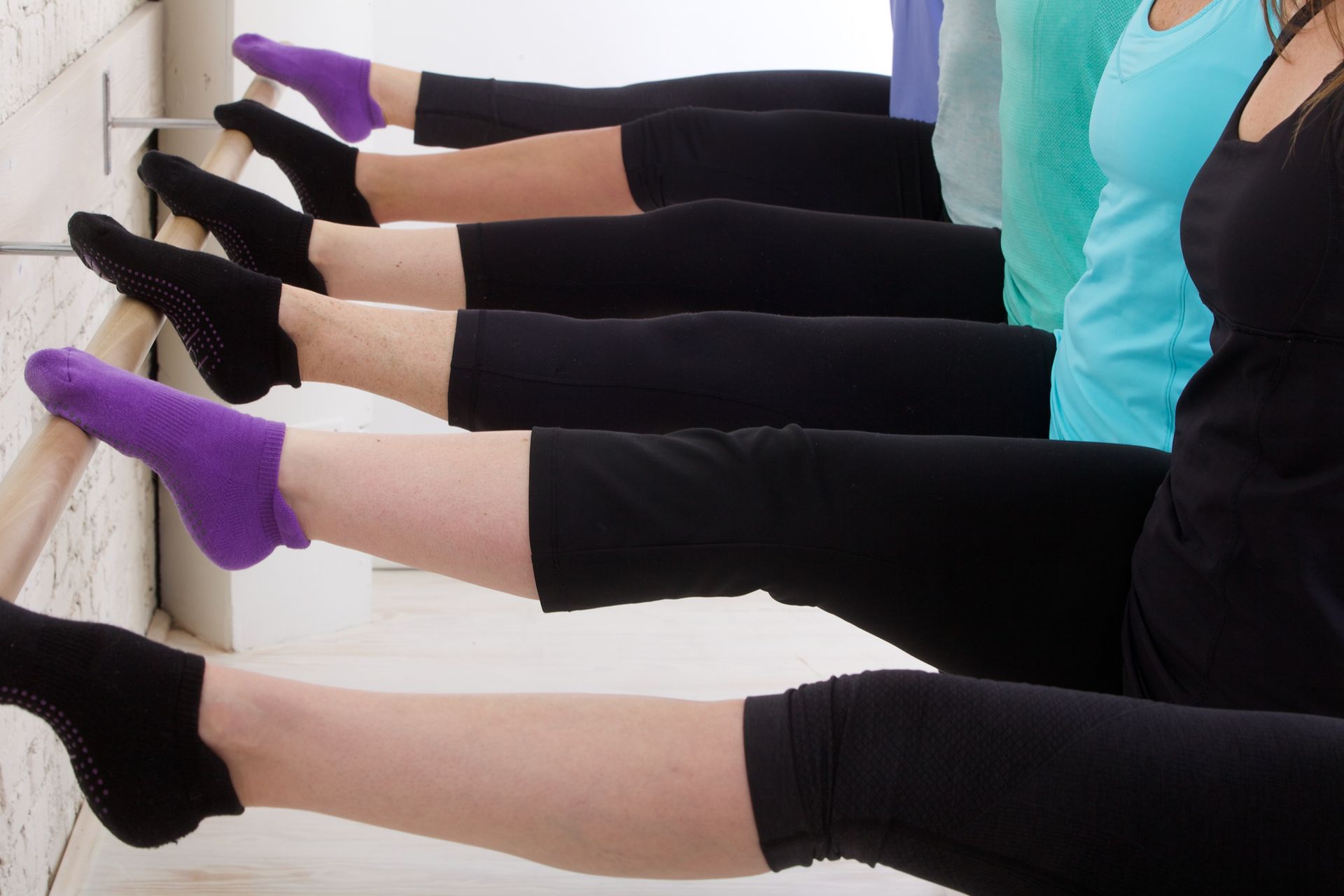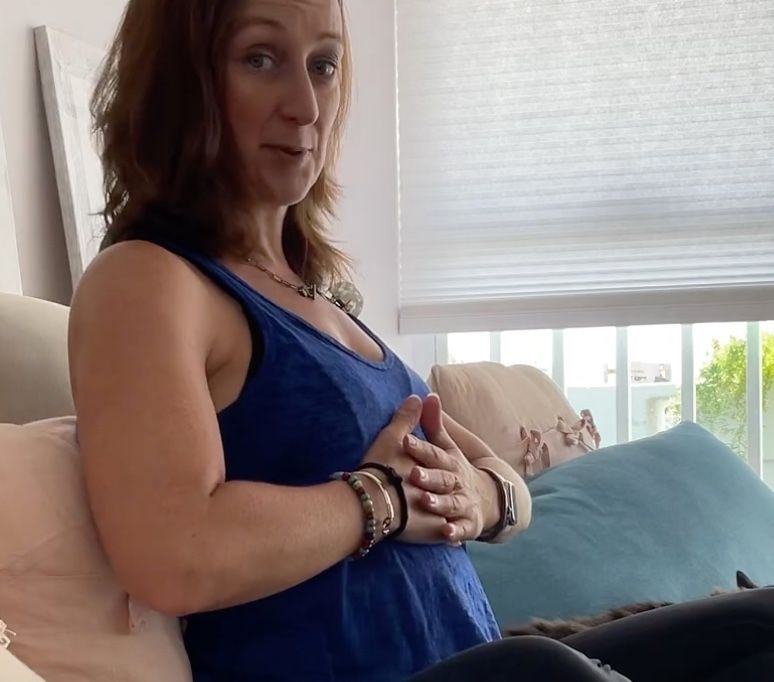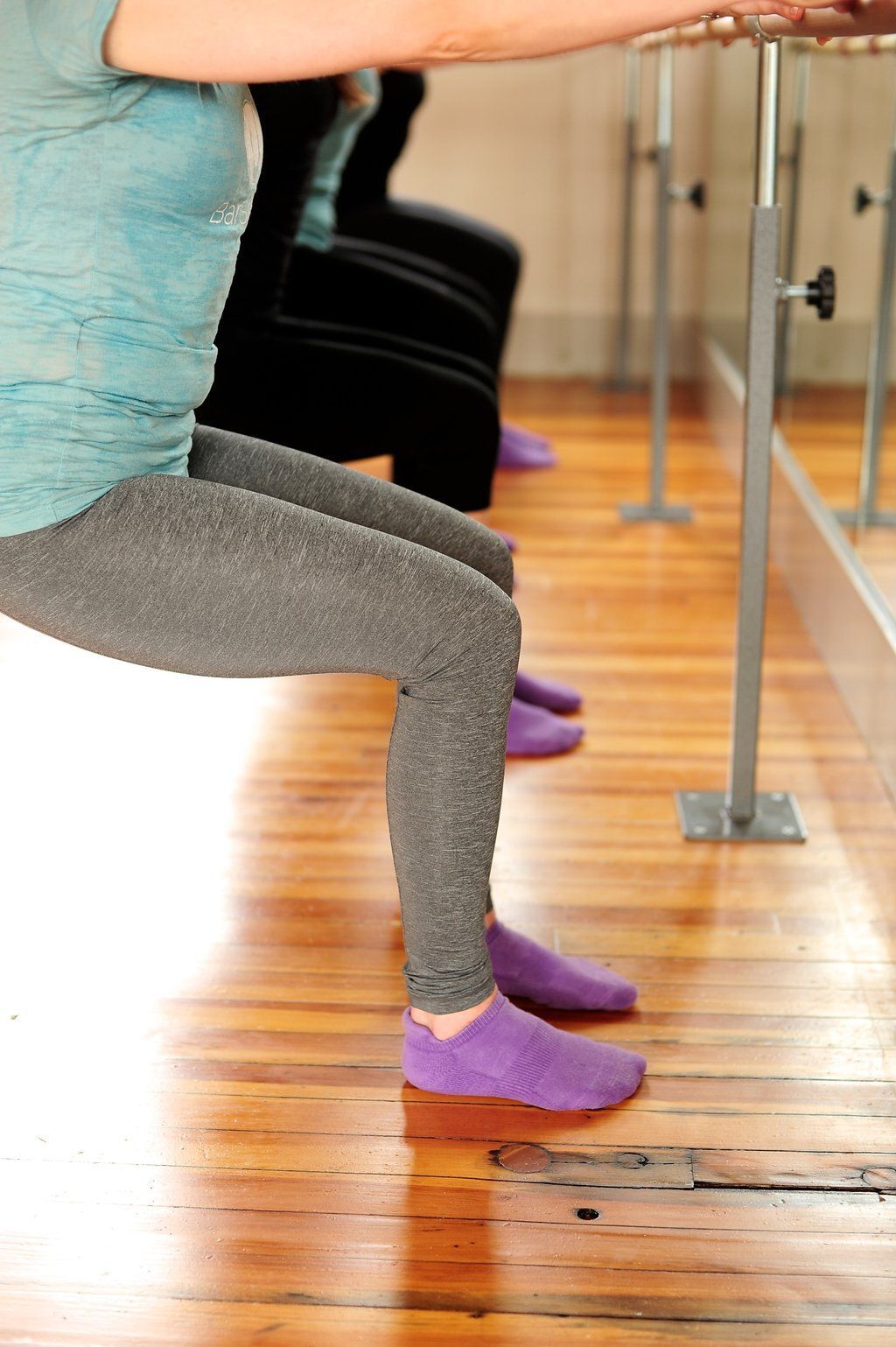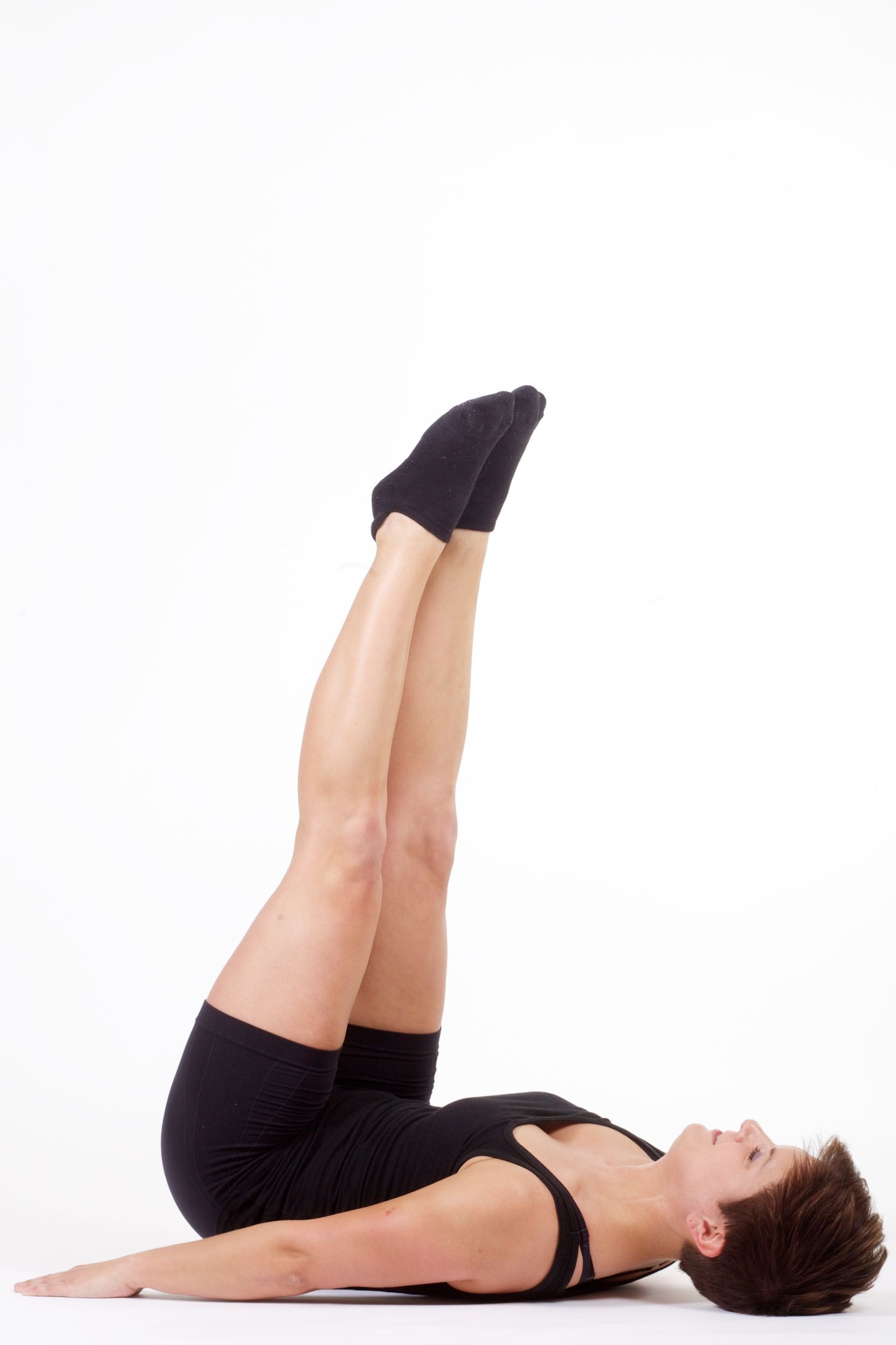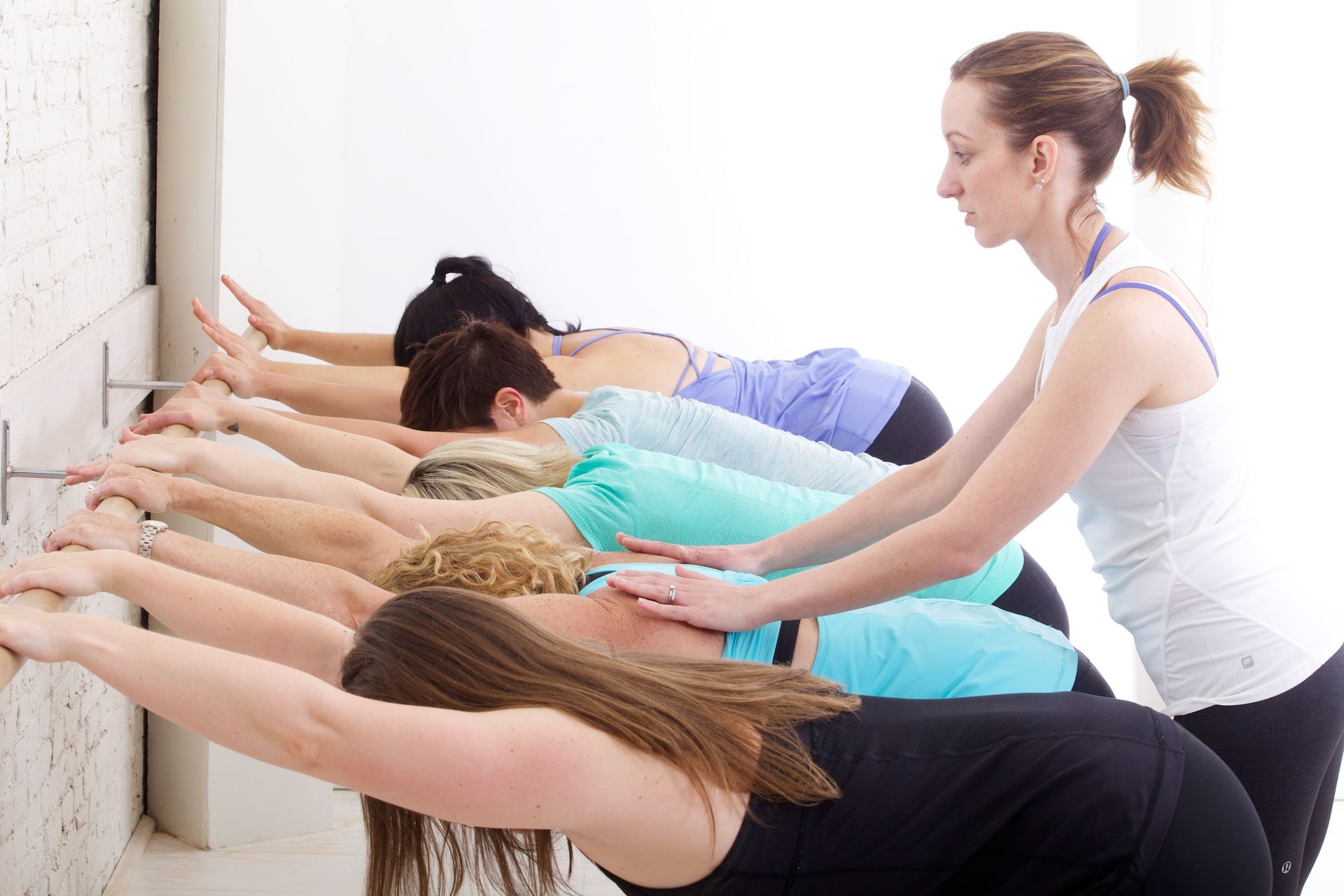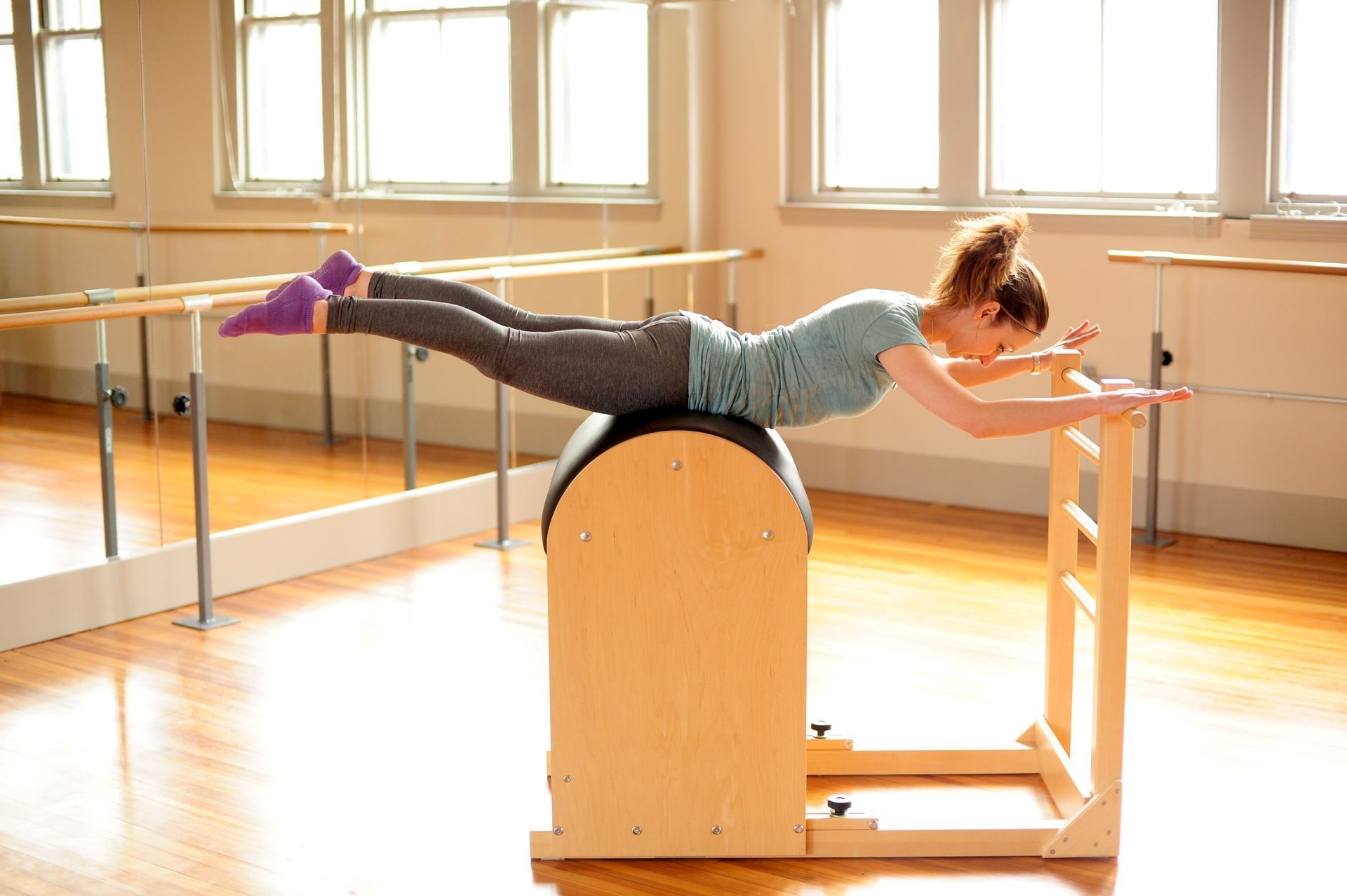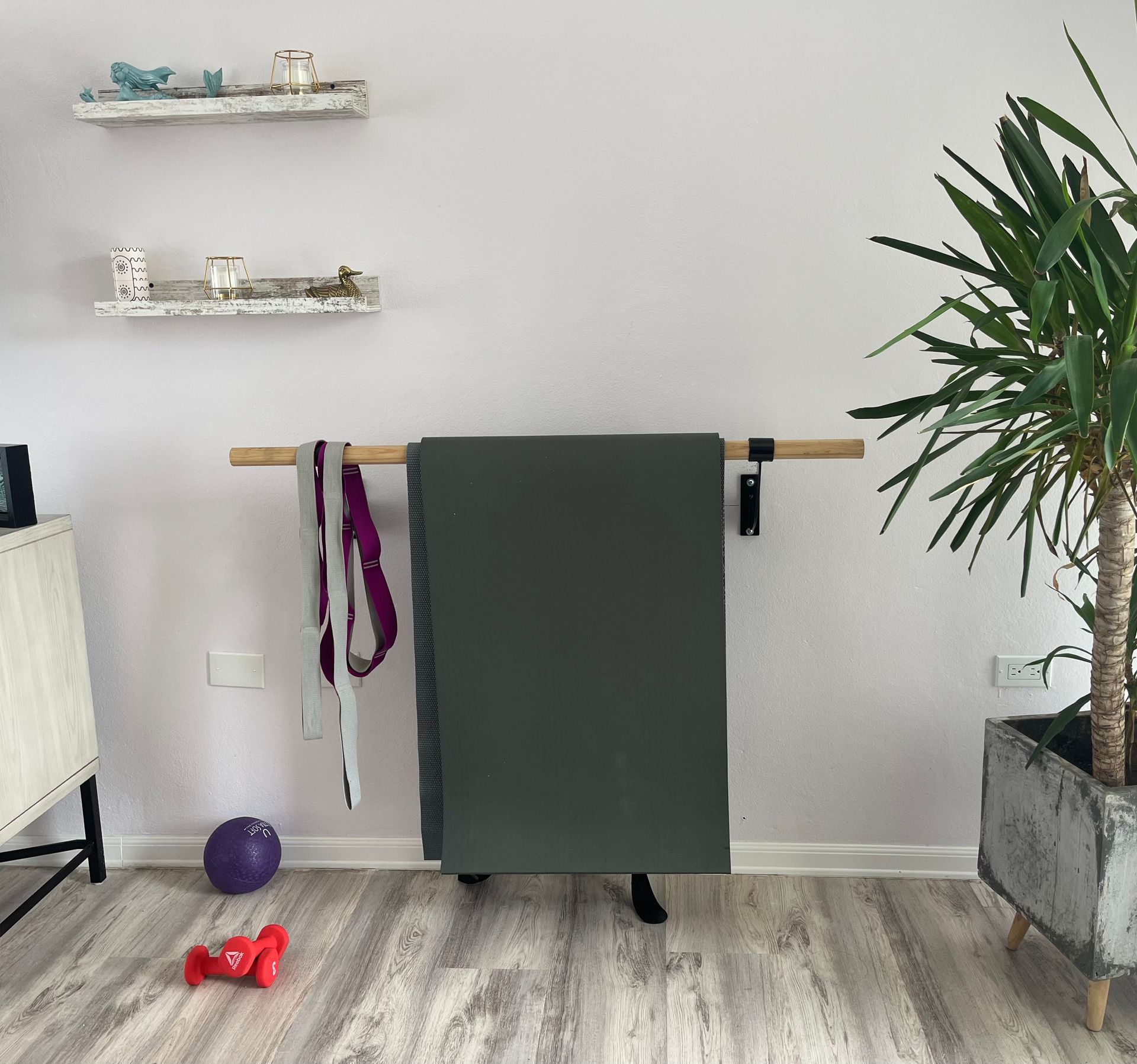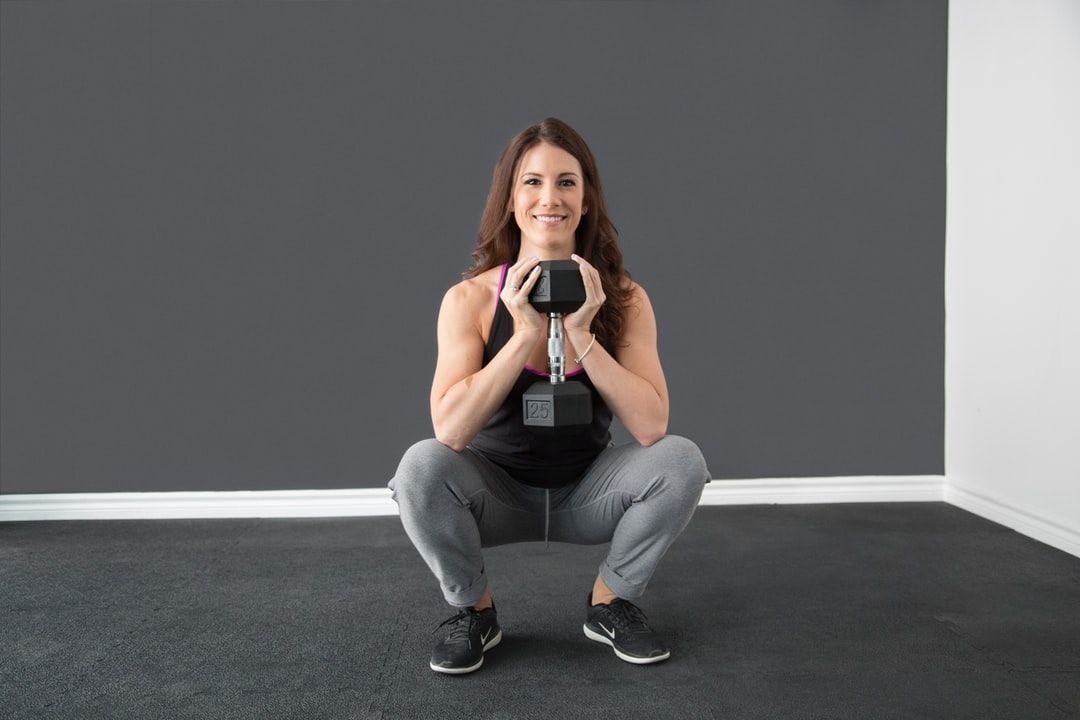How breathwork can improve your strength and mobility!
It is more than Inhale & Exhale!
Introduction: Breathing Is the Beginning
Breath is often taken for granted. It is automatic, ever-present, and so foundational that we often forget its power. In movement practices like Pilates, Barre, and even traditional strength training, breath is the unsung hero. Your life begins with your first breath and ends with your last—a bold statement, yes, but one that reminds us of the sheer importance of this biological rhythm. While some fitness classes may not dedicate lengthy segments to breathwork, it's always there: shaping, informing, and supporting every motion. And when done intentionally, breathwork becomes an engine for strength, mobility, and even internal organ health.
Let’s explore how breath can become your secret weapon.
1. Breathwork as a Tool for Strength
Let’s start with the basics. When you breathe deeply and intentionally, your diaphragm and core muscles work in tandem. In Pilates, we emphasize 360 breathing—breathing that draws air deep into the lungs, expanding the ribcage laterally and into the back body. This type of breathing recruits the transverse abdominis, pelvic floor, and obliques—the core of your core.
Engaging these muscles with breath builds inner strength, creating a more stable foundation for outer strength. For instance, in Barre classes, when you exhale during exertion (e.g., a lift, pulse, or plank), you access more power. Breath provides rhythm, which improves coordination, and breath drives engagement, which improves muscle recruitment.
Over time, practicing breath-coordinated movement helps:
- Improve posture and spinal alignment
- Prevent injury by supporting the low back
- Enhance muscle activation and endurance
2. Breath and Mobility: Creating Space from the Inside Out
Breath isn’t just for strength; it’s a vehicle for mobility. Think of a deep breath as internal stretching. With each inhale, your ribcage expands, your spine subtly lifts, and space is created between joints and tissues. With each exhale, you have the chance to settle, deepen, and elongate.
Deep breathing enhances mobility by:
- Relaxing overactive muscles
- Improving circulation to tight tissues
- Encouraging the nervous system to shift from “fight or flight” to “rest and digest”
- Facilitating deeper stretching and safer range of motion
In practical terms, a student who breathes deeply during a seated forward fold will experience more release in the hamstrings and hips than someone holding their breath and muscling through. In spinal rotations, breath can act as a lever to help the thoracic spine rotate more smoothly.
Intentional breathing helps us soften into movement. It brings a sense of flow, grace, and release.
3. The Diaphragm-Liver Connection: Why Breathwork Supports Organ Health
Here’s where science and holistic wisdom intersect beautifully. The diaphragm, your primary breathing muscle, sits just above the liver. With each deep breath, especially when you use diaphragmatic breathing, your liver is gently massaged.
This rhythmic compression and decompression has real health benefits:
- It supports liver detoxification and lymphatic drainage
- It stimulates circulation through the portal vein
- It helps reduce stagnation, which can happen when we’re sedentary or shallow-breathing
In Eastern medicine and somatic practices, the liver is associated with anger, frustration, and energy flow. Supporting the liver with breath can be both a physical and emotional release. The gentle massage of breath may not be as flashy as a detox juice cleanse, but it’s a sustainable, daily ritual that helps the body process and heal.
The best part? You don’t need to lie down in meditation or chant to experience these benefits. Simply incorporating deep, diaphragmatic breaths into your Pilates mat practice, your morning stretch, or your walk around the block can make a meaningful difference.
4. My First Lesson in Diaphragmatic Breathing
When I was younger, I took singing lessons with a teacher who had a beautifully simple way of teaching us how to breathe from the diaphragm. She’d lay us down on the floor and place a giant book—a phone book, encyclopedia, or dictionary—on our bellies. Our job? Breathe in deeply enough to lift the book, then control the exhale slowly enough to let it gently fall.
At the time, it felt like a quirky exercise, but it planted the seed of breath awareness early on. It was my first tactile experience of diaphragmatic breathing, and I’ve never forgotten it. That moment taught me how breath could be physical, visible, and powerful—something that continues to influence my movement and teaching today.
5. Breath as the Teacher: Awareness, Control, and Healing
Your breath is your first feedback tool. If you’re holding your breath during a challenging movement, it’s a sign to check in: Are you over-recruiting certain muscles? Are you moving too fast? Are you pushing through pain?
Breath reveals our unconscious patterns. For many people, shallow chest breathing is a default mode—a result of stress, poor posture, or trauma. Teaching clients (and ourselves) to breathe more fully is not just a fitness goal but a health intervention.
Tools to retrain breath:
- Try a breath-focused warm-up in Pilates: lying supine with knees bent, hands on the ribs, practicing lateral expansion.
- Cue breath in every major movement: Inhale to prepare, exhale to engage.
- Use tactile props: A small ball or yoga block between the thighs while curling up can help connect breath with deep core engagement.
As teachers and movers, we can use breath to:
- Cue better alignment
- Slow down rushed or sloppy movement
- Offer clients a moment of rest or reset
- Empower people to connect with their own bodies in deeper ways
6. A Final, Controversial Thought: The Marker of Life
It might sound dramatic, but it’s true: Your life begins with a breath and ends with one. In between, how many breaths do you take without noticing?
Even in classes where breath isn’t the focal point, it’s still the undercurrent. It dictates the tempo, shapes the energy of the room, and defines your ability to be present. When you start to work with your breath rather than around it, everything changes. You gain clarity, connection, and a sense of power from within.
Whether you’re cueing dozens of clients in a Barre class, guiding one-on-one Pilates sessions, or simply showing up on your mat, breath is your anchor. It is not just the thing that keeps you alive. It’s the thing that can make you feel more alive.
Conclusion: Breathe to Move, Move to Breathe
So the next time you're teaching or training, remember this: Breath is not an afterthought. It is a primary driver of strength, mobility, and vitality. It supports your liver. It engages your core. It creates calm. It fuels presence.
Integrating breathwork into your practice isn't about adding complexity. It's about uncovering what's already there. A quiet, steady rhythm that supports your best movement, your deepest healing, and your most grounded self.
So inhale with intention. Exhale with power. And keep moving—one breath at a time.
Listen to Breathwork described here
